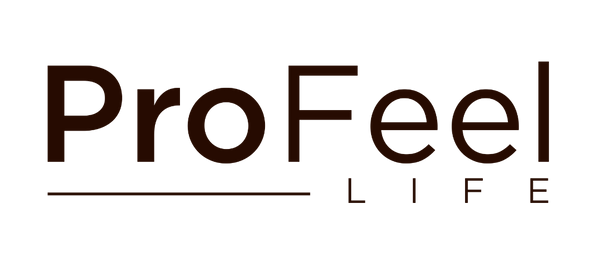The hive is home to undeniable riches. It contains honey, royal jelly, pollen and propolis. propolis. These are all apitherapy products. Propolis has antibiotic and antibacterial properties.
Let's discover propolis!

Where does propolis come from?
Propolis is a kind of glue concocted by bees. It's important to note that this plant material is produced by the oldest bees in the hive.
Propolis is made from resin and buds. Bees also use tree leaves and parts of bark. Propolis is a mixture of all these ingredients, plus bee saliva.
The various ingredients can be collected here and there by older bees. Resins, for example, are extracted from pine and fir trees. It is therefore a 100% natural product from the hive.
So you can enjoy its benefits without any danger. However, be sure that the propolis you consume is free from any chemical additives.
The recognized virtues of propolis
Fights infections
Propolis plays a very important role in the hive. It is produced to fight bacteria. Propolis plays the same role in your body.
Provided you consume it regularly. It's been almost 30 years since Japanese researchers discovered the antibacterial and antibiotic properties of propolis.
This plant material can fight infections. But which ones?
Propolis is genuinely effective against ENT (ear, nose and throat) infections. These include chronic sinusitis, rhinitis and tonsillitis. You can also use propolis to treat gingivitis.

Good for the skin
Propolis is also good for your skin because of its properties repairing and purifying. In addition, it combats various skin pathologies. In fact, its effectiveness lies in its principles anti-inflammatory.
Propolis also promotes healing. It is used in the formulation of several products for fight against eczema and acne. Propolis also has the ability to regenerate the skin. What's more, this natural product can relieve skin allergies.
Its benefits can also be felt in the hair. Propolis eliminates excess oil from the scalp.
How to use propolis
Propolis can be ingested in a variety of forms. Firstly, it can be consumed as extracted, without any preparation. But also, by dietary supplements which can be a good source of propolis. You'll find it in many natural products on the market, including Skin Pure.
Propolis is only as good as its quality. It must be produced in compliance with strict standards. The bees used to produce it must be treated in the best possible way.




